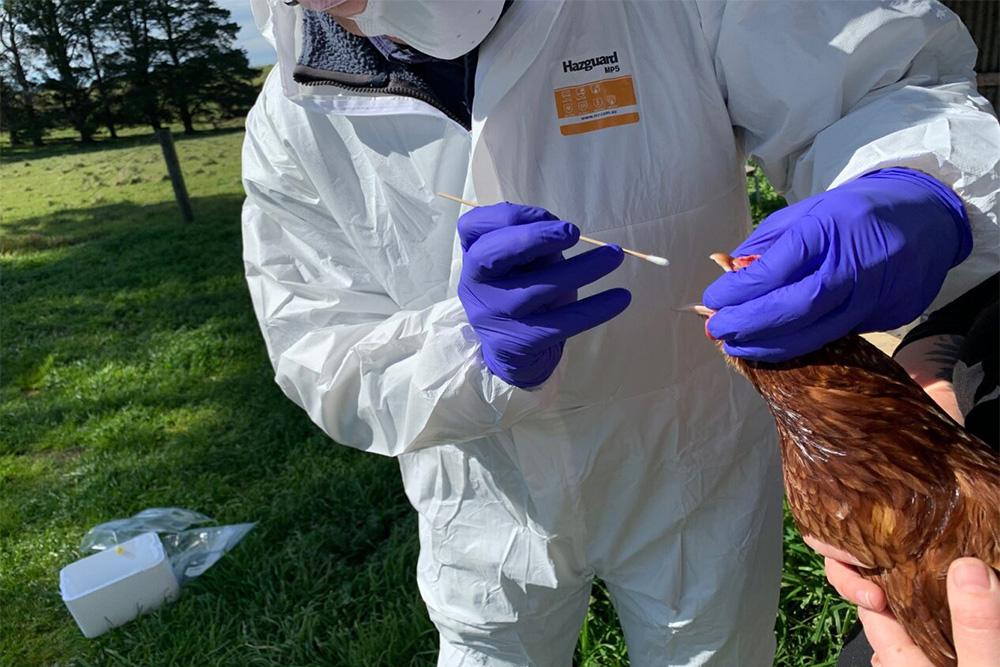Dr Mark Schipp, Australia’s Chief Veterinarian Officer explains the symptoms of foot-and-mouth disease (FMD) and how it’s transmitted.
It is critical that all livestock owners here in Australia know what FMD looks like, and that they check their animals regularly.
If you suspect any signs of FMD it must be reported to the Emergency Animal Disease Hotline on 1800 675 888 or a local veterinarian immediately.
For Media enquiries contact: media@aff.gov.au (61 2) 6272 3232
Foot-and-mouth disease, FMD, is a highly contagious viral disease of cattle, pigs, sheep and goats.
The virus has not been detected in Australia for more than 100 years.
But we should be aware of the risks of FMD arriving on our shores.
FMD can be transmitted in air particles between animals housed closely together.
And it’s easily spread through contaminated feed and water, animal transport vehicles, and equipment, clothing and footwear.
It’s important that livestock industries and animal owners are alert to the symptoms of FMD.
Typical signs in animals are:
- blisters on the nose, tongue, lips, mouth, between the toes and around hooves
- fever
- extreme drooling
- loss of appetite and weight
- depression and a drop in milk production.
FMD is a disease of animals, not humans and is a different disease and virus than hand, foot, and mouth disease of children.
To protect Australia’s animal health and trade, we have well-developed disease outbreak procedures in place.
And even though the risk to Australia remains low, our border protection measures are focused on imports of goods from high-risk countries.
We’re also making sure travellers are aware of their biosecurity responsibilities.
If you suspect your animal is showing signs of foot and mouth disease, you must report it.
You can do this by calling the national Emergency Animal Disease Watch Hotline on 1800 675 888.



